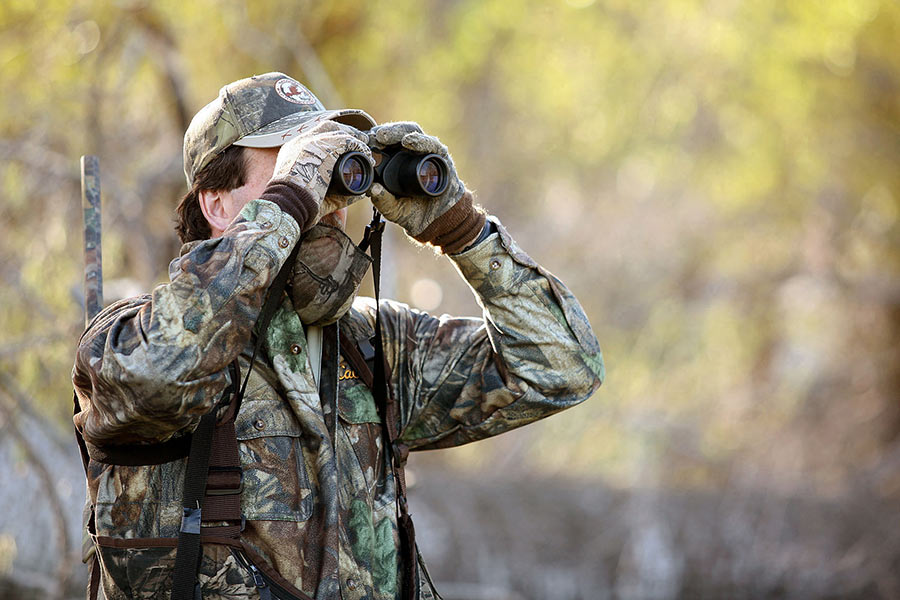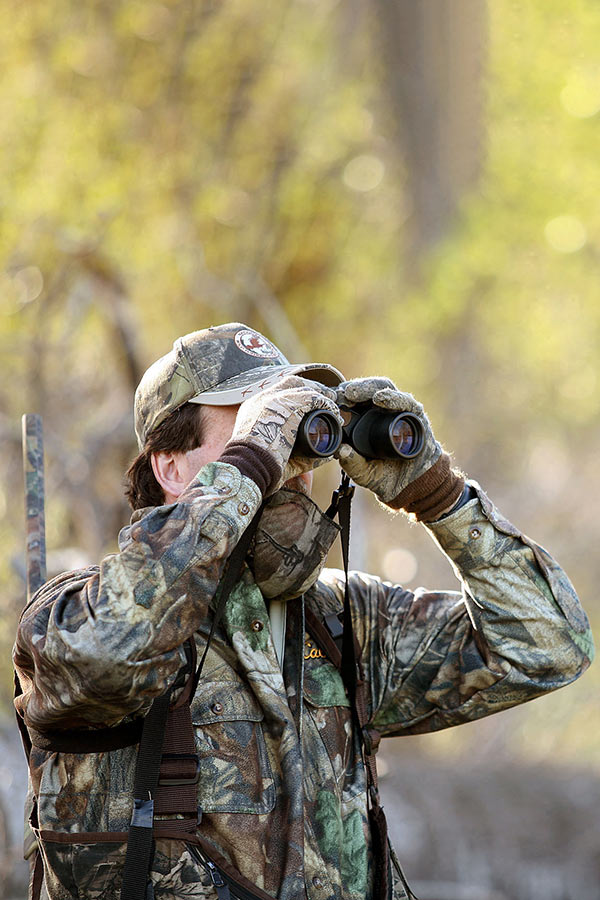Utah Wildlife Board approves increases in hunting, fishing license and permit fees due to rising costs; Utah Legislature to vote on them next
Salt Lake City — The Utah Wildlife Board approved a fee increase for hunting and fishing licenses and permits — for both residents and non-residents — in an effort to keep up with increased rising costs of operation, and also approved a few additional items during the public meeting on Thursday.
Approved fee changes
License and permit fees fund most of the daily operations of the DWR. The DWR is currently 92% self-funded and receives only limited funding from the state's General Fund, which is appropriated for specific issues that impact all Utahns. (These issues include managing aquatic invasive species, general enforcement of wildlife laws and preventing species from becoming endangered, to name a few.)
The last substantive fee increase for resident licenses was in 2014, and the last fee increase for non-resident licenses was in 2020.
"The license and permit fees are the primary source of funding for the labor, fuel, materials, goods and services we need to help us manage the state's fish and wildlife," DWR Administrative Section Chief Kenny Johnson said. "In recent years, costs for all those essentials have increased substantially. We also did an analysis to compare hunting and fishing licenses and permits with other Western states, and this fee increase will make our prices more comparable. We appreciate the continued support for wildlife conservation in Utah from all the license holders."
Hunting, fishing and combination licenses for youth and disabled veterans will not increase under these new changes. The current price of general-season deer and general-season elk permits will remain at $40 and $50, respectively, for youth.
While the Utah Wildlife Board approved the following changes during Thursday's public meeting, these changes will also have to be presented to and approved by the Utah Legislature during the 2023 session. The fee increase for both residents and non-residents includes the following changes:
- Core resident licenses and permits — such as 365-day fishing, hunting and combination licenses as well as general-season deer and elk permits — increased by $6. Extensions and multi-year permits will remain $1 less. (For example: A resident combination license — currently $38 — will increase to $44, with an extension or multi-year license available for $43.)
- Non-resident hunting licenses will be increased to $120 and non-resident combination licenses will be raised to $150.
- Some fees were considered individually for a market adjustment that would either bring the DWR in line with surrounding states or right-size a fee — based on equity — for the type of permit. (For example, swan and sandhill crane permits will now be aligned in price with the similar turkey permit. Likewise, fees for CWMU deer and elk permits will be right-sized to the appropriate limited-entry fee.)
- Changing the price of the spot-and-stalk cougar permit to $10 and having the ability to purchase that permit during the online application.
- Most other license and permit fees fall within the 10%-increase threshold.
- Dedicated hunters will be able to pay $25 per hour for their first 16 hours, then $40 per hour for the remaining 16 hours.
These board-approved changes are still pending the final approvals and vote by the Utah Legislature.
Changes to R657-28 "Use of Division Lands" rule
The DWR owns and manages various properties across Utah, many of which are wildlife and waterfowl management areas. The DWR acquired these lands for several reasons:
- To conserve critical habitats for wildlife
- To help protect and improve watershed areas
- To help increase fish and wildlife populations
- To help minimize and mitigate wildlife depredation on private property
- To provide anglers and hunters — who provide funding for the wildlife management areas through the purchase of a fishing or hunting license — with a place to hunt and fish in Utah
"These properties are public land, but they are not multiple use like many other state- and federally-owned properties," DWR Wildlife Lands Coordinator Chelsea Duke said. "These properties were acquired through specific funding sources and, as such, have their own rules and restrictions for what these areas can be used for."
In order to clarify and streamline some things, as well as add more consistency and make the permit process more user friendly, the Utah Wildlife Board approved a few minor changes to the lands-use rule. Some of those rule changes include:
- Clarifying the permit process for wood harvesting and seed harvesting on DWR lands and also updating the quantities allowed for take.
- Making clarifying changes and updating the DWR's response time for special-use permits that are temporary and don't allow property rights (such as events, research, surveys, etc.).
- Better defining the application process for land use, as well as requirements and restrictions.
- Clarifying that class I electric bikes are allowed on wildlife management areas on established roads and other authorized areas, but that class II and class III e-bikes (which can contain a throttle) will only be allowed on established roads and trails where other motorized vehicles are allowed. This clarification makes the rule consistent with the current waterfowl management area rules.
The wildlife board also voted to have the DWR research the feasibility of requiring a user fee from members of the public who visit wildlife management areas for activities other than hunting or fishing. Hunters and anglers currently provide a majority of the funding for the wildlife management areas through the purchase of a fishing or hunting license.
The wildlife board also voted to have the DWR research the need for all guides and outfitters to obtain a special-use permit in order to lead hunts on WMAs. This process is currently required for waterfowl guides and outfitters.
Drought permit recommendations
While drought conditions are not quite as severe as last year, Utah is still dealing with ongoing drought conditions that affect wildlife habitat. The summer monsoons have benefited the summer ranges for big game, but many of the winter ranges across the state still don't have the necessary habitat. One of these areas of concern is the Henry Mountains, so the wildlife board approved 23 additional bison permits for the 2022 fall hunts in the Henry Mountains. Those permits include cow and bull permits, in an effort to help maintain the male/female ratios outlined in the management plan. These permits will be allocated through the alternate hunt-drawing list, and hunters will be notified by email starting the week of Aug. 29.
Other approved items
The wildlife board also approved the financial audit for the expo permits and changes in the allocation of the 200 permits for the 2023 expo. The expo permits are offered once each year through a drawing held at the Western Hunting and Conservation Expo in Salt Lake City. Utahns and non-residents who attend the expo can apply for these permits. There is a $5 application fee, and part of that fee goes to the conservation groups hosting the expo to help pay for costs associated with hosting the expo and running the permit drawing at the expo. The other portion of the application fee is used for wildlife conservation efforts and projects.
A new member for the Cooperative Wildlife Management Unit program advisory committee was also approved during Thursday's meeting to replace Joel Ferry, who had previously served on the committee but was appointed to be the executive director of the Utah Department of Natural Resources in June. The Cooperative Wildlife Management Unit program is a DWR program that allocates hunting permits to private landowners who then provide hunting opportunities to public and private hunters for a variety of wildlife species. The CWMU program in Utah has opened more than 2 million acres of private land to the public for hunting. The program provides an incentive to landowners to maintain their land as open spaces, improve the areas that serve as wildlife habitat and work with the DWR to manage for increased wildlife populations.
You can watch the full meeting on the DNR YouTube channel.


















